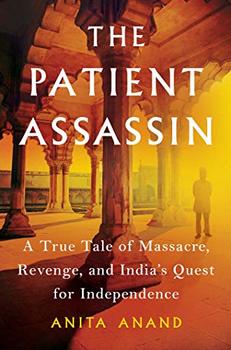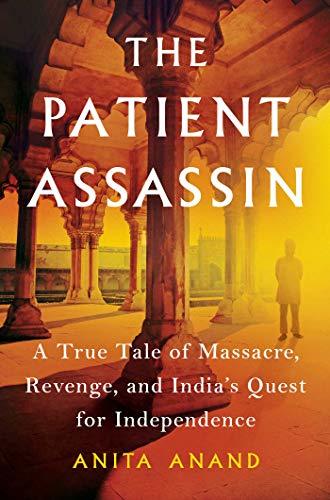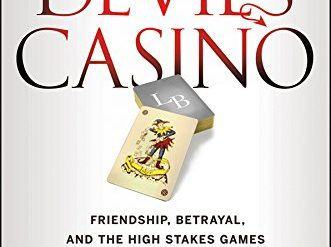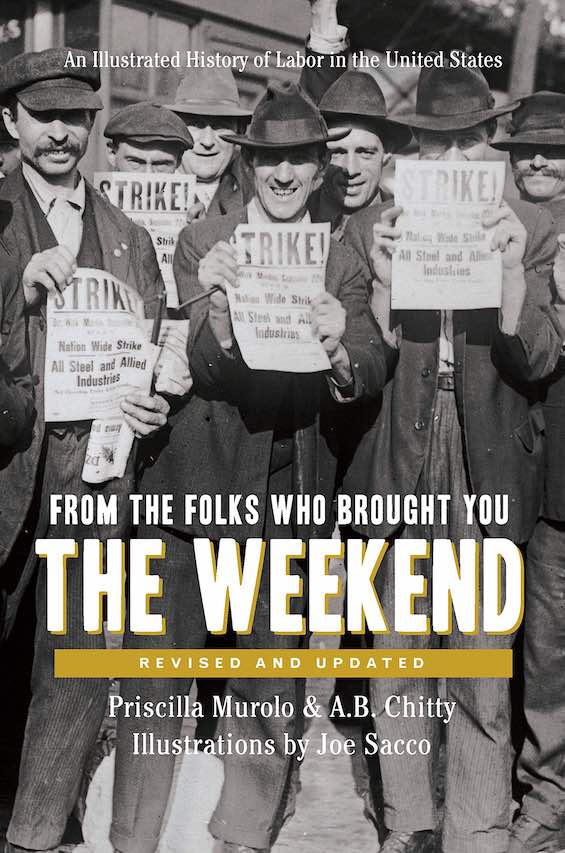
If you’re ever tempted to think that colonialism was a good thing, here’s the place to start. (I’m assuming you haven’t read Adam Hochschild’s King Leopold’s Ghost, an extraordinary exposé of Belgian rule in what is today the Democratic Republic of the Congo. If not, check it out after this one.) In The Patient Assassin, British-Indian radio and television presenter and journalist Anita Anand explores the darkest episode in the history of the British Raj. In that tragic event shortly after the end of World War I, colonial officials massacred hundreds of unarmed Indian civilians gathered for a peaceful protest. It’s called today the Amritsar Massacre.
Estimated reading time: 5 minutes
Rising expectations in India collided with the racism of the British Raj
In April 1919, India troops who had served the British Empire in the Middle East and on the Western Front were flooding back home. They had left thousands of dead behind. And many returned with the hope that in gratitude the British would allow them a measure of freedom. But it was not to be. In the Punjab, the populous northwest province that had contributed huge numbers of troops to the war, tensions were especially high. The hard-line British “lieutenant-governor” (governor, really) viewed any sign of dissent as terrorism. And the troops under his command were, like him, almost invariably racist and intolerant of “disrespect.” Given the growing agitation for independence led by Mohandas Gandhi and the Congress Party, and the more radical efforts of other, smaller groups, a confrontation was inevitable.
The Patient Assassin by Anita Anand (2019) 384 pages ★★★★★
The Amritsar Massacre came to embody the evil of the Raj
Events came to a head on April 13 at a walled six-acre park in the town of Amritsar called the Jallianwala Bagh. There, some 15,000 unarmed Indian civilians had gathered to celebrate a Sikh holiday and protest the arrest and deportation of two national leaders. The military commander, Acting Brigadier-General Reginald Dyer, sent his troops into the garden and immediately ordered them to open fire on the crowd. He had attempted to bring in machine guns to increase the body count but was unable to force them through the park’s narrow entrance.
Dyer commanded the soldiers to shoot those who attempted to escape, and to aim for the young people who were trying to hide by climbing the trees. As hundreds lay dead and dying, Dyer refused to allow medical personnel to help the wounded. Although British sources insisted the number of casualties was 379 dead and approximately 1,100 wounded. Indian sources assert that 1,000 died and 1,500 were wounded. Numbers aside, it was an atrocity that even curmudgeonly colonialist Winston Churchill called “monstrous.”
Back home in England, the perpetrators of the Amritsar Massacre became national heroes
General Dyer was recalled to England and eventually faced an official inquiry, which resulted in his dismissal from the Army. Nonetheless, he was greeted almost everywhere in England as a national hero. And so, too, was the man who had sent him to Amritsar, Lieutenant-Governor Michael O’Dwyer. Although Dyer came to feel shame over the event, O’Dwyer would have none of it. Knighted for his service, he went on the speaking circuit to praise the Army’s action and warn against catastrophe in India. He even wrote and published a popular book that justified the action. He was one of the most popular men in England in the 1920s and 30s.
Meanwhile, a young Punjabi man from a town near Amritsar was seething with fury. He had lost close friends in the massacre and swore revenge. An orphan who struggled with poverty for years on end, he gradually drifted into radical circles organized by local anti-British activists and by the Comintern. Passionately committed to killing Dyer and O’Dwyer, he drifted around the world—to England, the United States, Western Europe, and Russia—to learn how to become an assassin, and acquire the weapons he would need. And he persisted for more than twenty years. In the meantime, Dyer had long since died. But he succeeded in shooting and killing O’Dwyer at a public lecture in 1940. The man had used many names in his lifetime, but when we was hanged in July 1940, he was identified as Udham Singh, the name he had been given in the orphanage.
Later, so did the man who murdered the official responsible for the Amritsar Massacre
Singh became a national hero in India. In 1974, Prime Minister Indira Gandhi brought his bones home and reburied him with honors. Today, Singh’s statue stands vigil at the Jallianwala Bagh.
Anita Anand’s account of the lives lived by Dyer, O’Dwyer, and Singh during the two decades following the massacre is compelling. She has done a brilliant job of research, digging out century-old records and recently declassified material, and she writes well. The Patient Assassin is an important addition to our understanding of how India gained its independence. After all, Singh’s assassination of O’Dwyer took place just seven years before the British finally granted the nation it’s freedom.
For related reading
You might also be interested in:
- 30 good books about India, past and present
- 20 top nonfiction books about history
- 20 most enlightening historical novels
And you can always find my most popular reviews, and the most recent ones, on the Home Page.


























